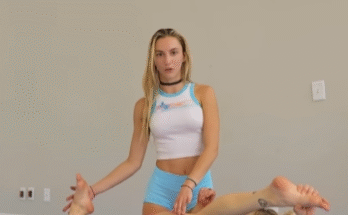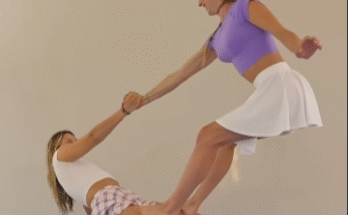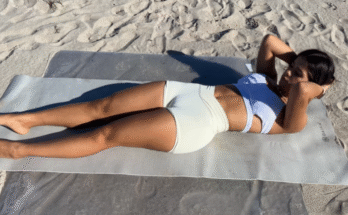
In today’s fast-paced world, health and wellness are often pursued through diet, exercise, and medication—but one powerful tool is frequently overlooked: breathing. It’s something we do roughly 20,000 times a day, yet most people don’t realize they’re doing it wrong. Enter Patrick McKeown, a world-renowned breathing expert and the author of The Oxygen Advantage and Atomic Focus. His groundbreaking work teaches that proper breathing isn’t just about relaxation—it can improve sleep, increase energy, reduce anxiety, and even boost physical performance.
Patrick McKeown’s approach is rooted in the Buteyko Breathing Method, a technique developed in the 1950s by Ukrainian doctor Konstantin Buteyko. McKeown, once a chronic asthmatic, discovered Buteyko’s work as a young man and used it to manage and ultimately overcome his own breathing difficulties. Since then, he has dedicated his life to helping others retrain their breath for optimal health.
The Problem with How We Breathe
Many people assume that deeper, more forceful breathing is better. But according to McKeown, overbreathing—or breathing too much air too often—actually reduces oxygen delivery to the tissues. This counterintuitive concept is known as the Bohr Effect: when carbon dioxide levels in the blood are low (due to overbreathing), oxygen binds more tightly to hemoglobin and is less readily released to the cells.
The result? Fatigue, brain fog, poor sleep, anxiety, and reduced physical performance. Over time, dysfunctional breathing patterns can contribute to chronic health issues like high blood pressure, sleep apnea, and even panic attacks.
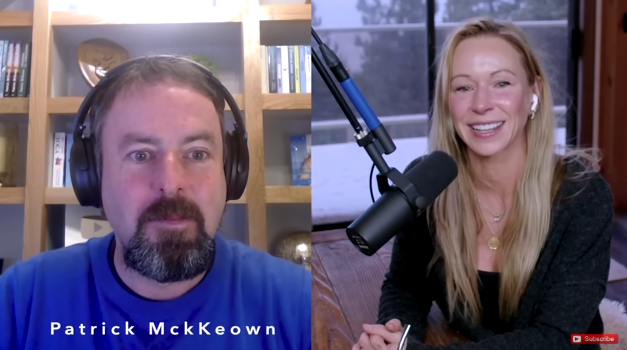
The Benefits of Proper Breathing
McKeown teaches that efficient breathing should be quiet, light, slow, and through the nose. Nasal breathing is a key pillar of his method. It filters and warms the air, increases nitric oxide production (which helps widen blood vessels and improve oxygen delivery), and supports optimal lung function. Mouth breathing, by contrast, dries the airways, disrupts sleep, and encourages hyperventilation.
By adopting proper breathing techniques, McKeown argues, you can unlock a host of benefits:
- Improved Oxygen Efficiency: Reduced breath volume trains the body to become more efficient at utilizing oxygen.
- Enhanced Sleep: Nasal breathing at night prevents snoring and reduces the risk of sleep apnea.
- Reduced Anxiety: Slower, lighter breathing calms the nervous system and lowers cortisol levels.
- Better Focus and Mental Clarity: The brain gets the oxygen it needs without the overstimulation of stress.
- Increased Athletic Performance: Controlled breathing optimizes endurance, reduces fatigue, and improves recovery.
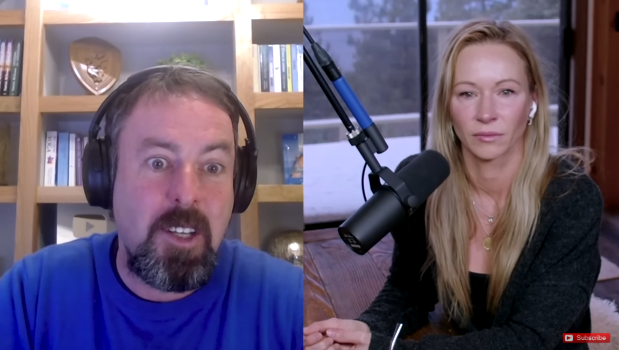
The BOLT Score: A Simple Breathing Test
McKeown recommends a simple test to gauge your breathing efficiency: the BOLT (Body Oxygen Level Test) score.
To try it, sit calmly and breathe normally for a few minutes. Then:
- Take a normal breath in through your nose.
- Let a normal breath out through your nose.
- Pinch your nose shut with your fingers and start a timer.
- Hold your breath until you feel the first definite desire to breathe (not as long as you can).
- Release your nose and breathe in through your nose calmly.
The number of seconds you hold your breath is your BOLT score. According to McKeown:
- A BOLT score under 10 seconds = significant breathing dysfunction
- 10–20 seconds = room for improvement
- 20–30 seconds = good, but can improve
- 40 seconds or more = excellent breathing efficiency
How to Start Retraining Your Breath
McKeown’s breathing retraining includes practical exercises that anyone can do daily. Here are a few foundational techniques:
1. Nasal Breathing Only
Switch to nasal breathing 100% of the time—both day and night. It may take effort at first, but the benefits are immense. During exercise, it can feel challenging, but that’s part of the retraining process.
2. Breathing Light
This exercise helps you become aware of and reduce your breathing volume:
- Sit upright.
- Close your mouth and breathe through your nose.
- Breathe in gently for 3–4 seconds.
- Exhale softly for 4–5 seconds.
- After each breath, try to breathe less—as if you’re breathing just enough to avoid the need for more.
- You should feel a slight hunger for air, but remain calm.
This teaches your body to tolerate higher CO₂ levels and become more oxygen-efficient.
3. Breath Holds
Short breath-hold exercises help simulate high-altitude training and condition your respiratory system.
- Take a small breath in and out through your nose.
- Pinch your nose and hold your breath for 5–15 seconds (or less if uncomfortable).
- Resume nasal breathing and recover for 30–60 seconds.
- Repeat 3–5 times.
Note: Always do this while seated and never near water or while driving.
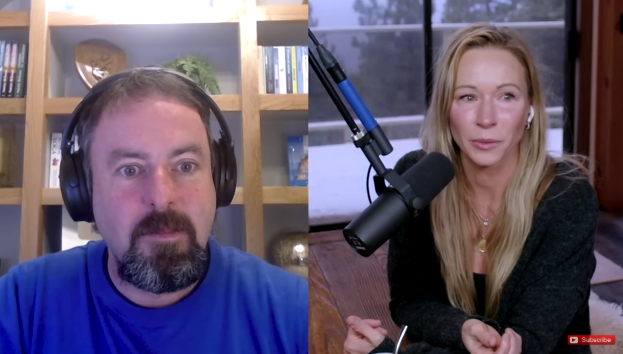
Breathing for Sleep and Stress
Poor breathing habits often become worse at night, when the body is supposed to be recovering. Mouth breathing during sleep contributes to snoring and sleep apnea, which in turn causes fragmented rest and elevated stress hormones. McKeown promotes the use of mouth tape—a safe, specially designed tape to encourage nasal breathing during sleep. Many people report better rest, clearer mornings, and more energy as a result.
For stress management, McKeown teaches the importance of resonant breathing—a technique that calms the autonomic nervous system by slowing the breath to about 6 breaths per minute. This can be achieved with paced breathing apps or simple counting:
- Inhale through the nose for 4–5 seconds.
- Exhale through the nose for 5–6 seconds.
- Repeat for 5–10 minutes, ideally once or twice a day.
Real-Life Results
McKeown’s methods have helped people worldwide—from elite athletes and military personnel to children with asthma and adults with anxiety. Countless testimonials describe transformative changes: fewer panic attacks, restful sleep for the first time in years, improved performance in running, and a deeper sense of calm.
One striking example is James, a 40-year-old who struggled with anxiety and fatigue. After learning McKeown’s techniques, he increased his BOLT score from 12 to 35 seconds in three months, stopped relying on sleep medication, and began running 5Ks without exhaustion.

Final Thoughts
Breathing is the most natural thing in the world—yet most of us are doing it inefficiently. Patrick McKeown has shown that with just a few minutes of practice each day, we can reset our respiratory habits, increase resilience, and reclaim our health. His work is a powerful reminder that some of the greatest tools for transformation are already within us.
If you’re looking for a simple yet profound way to improve your life, start with your breath. You might just be surprised how far it takes you.
